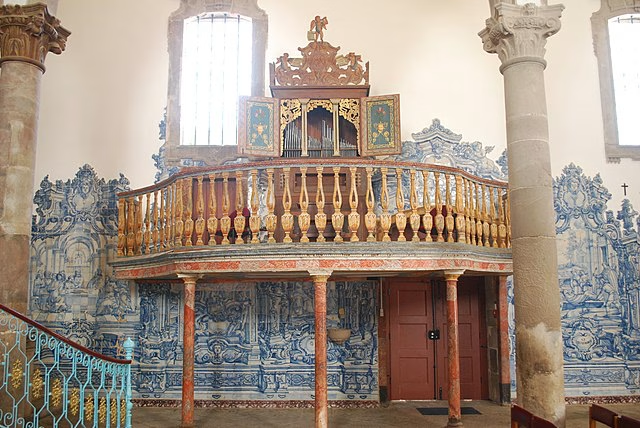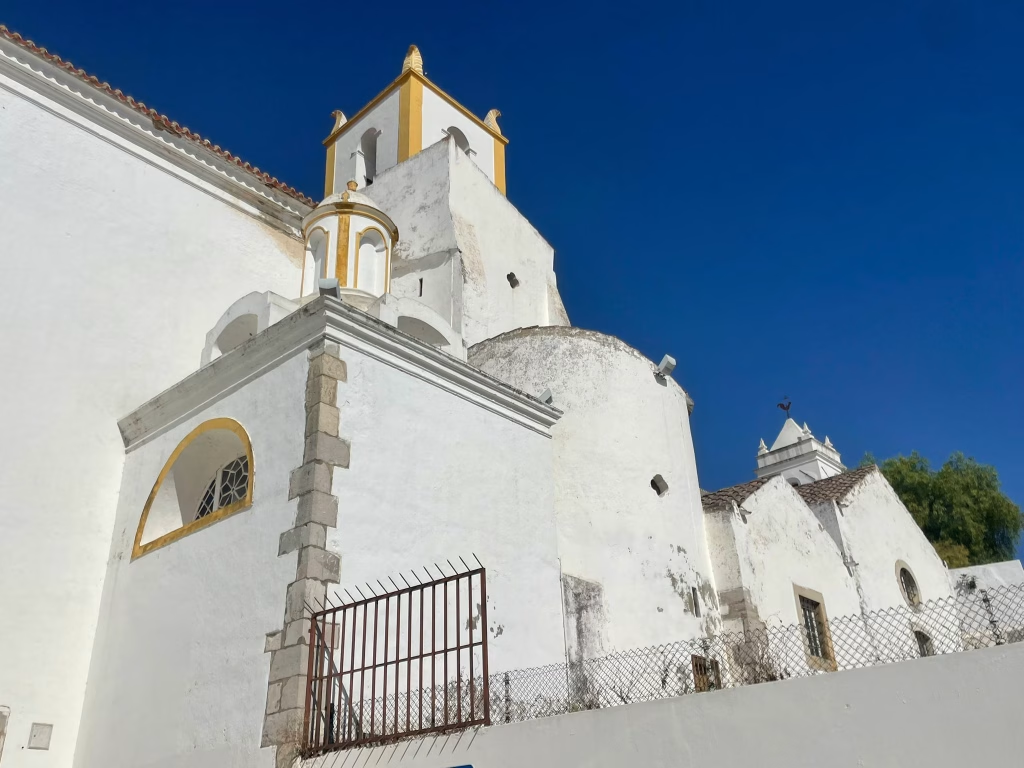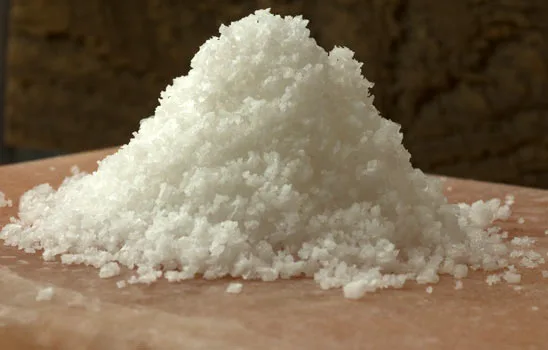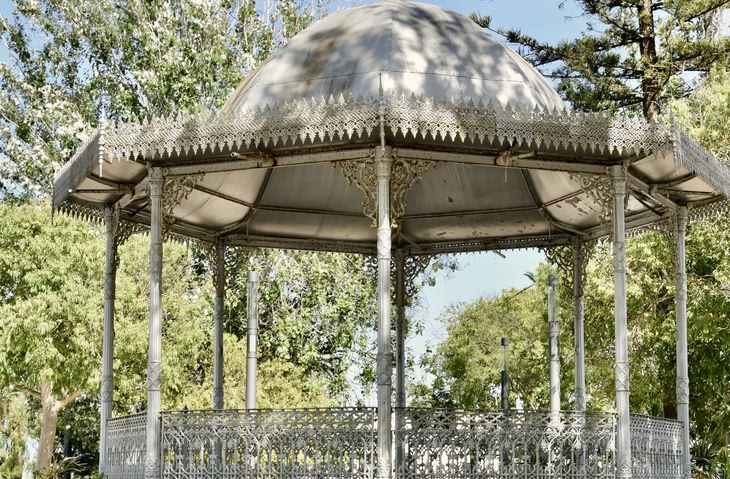Tavira’s historic castle is more than a viewpoint—it’s the starting point for discovering four remarkable churches that weave together stories of conquest, artistry, and centuries of devotion. Lace up your walking shoes and let’s explore.
1. Igreja de Santa Maria do Castelo
Perched high beside the castle ruins, this church was originally built in the 13th century on the site of a former mosque, shortly after Tavira’s reconquest by D. Paio Peres Correia. Though reconstructed after the devastating 1755 earthquake, it preserves a Gothic portal, a Manueline chapel (Senhor dos Passos), and standout Baroque altarpieces. Inside, you’ll find the tombs of seven knights and D. Paio himself. It’s a National Monument blending medieval, Renaissance and Neoclassical layers in a single sanctuary.
2. Igreja de Santiago
A short walk from Santa Maria, this unassuming church dates from around 1270 and serves as the first stop on the Camino Nascente—Tavira’s pilgrimage route toward Santiago de Compostela. Post‑earthquake rebuilds have softened its exterior, but inside you’ll find historic altarpieces and paintings rescued from Tavira’s former convents. It’s a spiritual threshold worth pausing before exploring.
3. Igreja da Misericórdia
Built between 1541 and 1551 under architect André Pilarte, this Renaissance gem is considered the Algarve’s most elegant example of 16th-century ecclesiastical architecture. The entrance portal features Our Lady of Mercy flanked by Saints Peter and Paul, while the interior’s azulejo tiles depict the Works of Mercy and scenes of Christ’s life. Climb the bell tower for sweeping views of Tavira’s rooftops.
4. Igreja de São José do Hospital (Espírito Santo)
Once part of the Royal Hospital of the Holy Spirit, this church features a rare octagonal nave topped with trompe-l’œil ceiling artwork and carved altarpieces honoring saints of Tavira’s religious orders. Rebuilt after the 1755 quake and completed by 1768, its unique geometry and richly painted interiors make it a standout structure—virtually unmatched in the region.
📍 How to Explore
Begin with Santa Maria at the top of the castle precinct, then walk downhill to Santiago , cross into Misericórdia , and finish at São José do Hospital . Allow 2½–3 hours with time for reflection and photos.
✨ Why It’s Worth It
- It’s a compact walk through Tavira’s spiritual and architectural evolution .
- Each church reveals a layer—from medieval knights to Renaissance art, Baroque iconography to unique octagonal architecture.
- You’ll discover Tavira’s soul in its stones—with historic depth, local devotion, and unexpected beauty.









